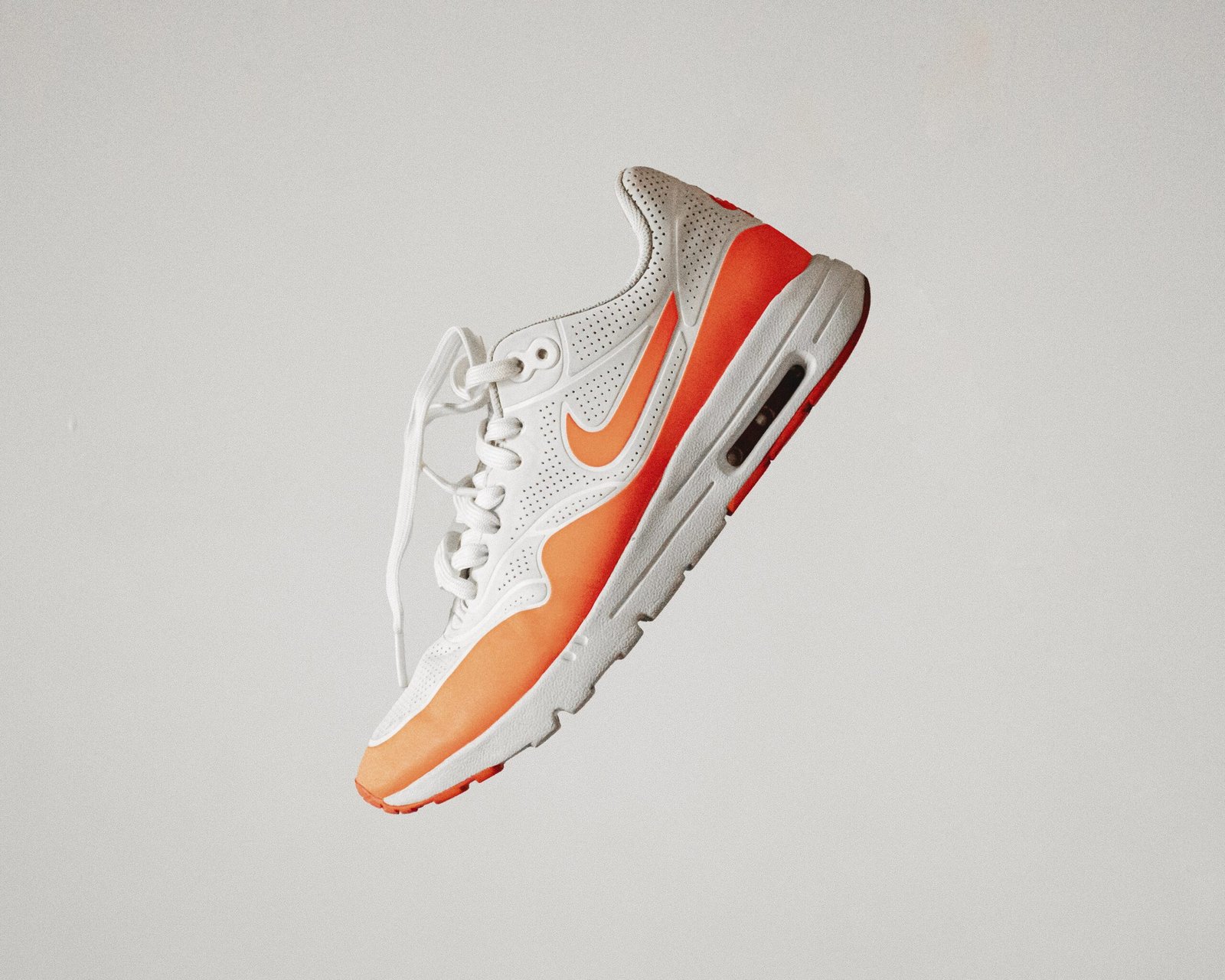When it comes to hitting the gym and getting in a good workout, many people tend to overlook the importance of proper footwear. However, wearing the right shoes can make a world of difference, especially when it comes to weightlifting. In this article, we will explore why it is crucial to wear proper lifting shoes for your gym workouts. Unlike running shoes, which are designed for forward propulsion, lifting shoes should have a flat sole that provides stability and grip. To help you make an informed decision, we have compiled a list of 10 recommended lifting shoes, each with its own unique features and benefits for different types of workouts and foot shapes. So, lace up those shoes and let's dive into the world of lifting footwear!
Find the nearest Kumdo Dojang Near You
Benefits of Lifting Shoes for Gym Workouts
When it comes to hitting the gym and performing heavy weightlifting exercises, having the right pair of shoes can make a world of difference. Lifting shoes are specifically designed to provide the necessary support, stability, and grip required for weightlifting movements. Whether you're a beginner or an experienced lifter, here are some key benefits of wearing lifting shoes during your gym workouts.
Enhanced Stability
One of the primary benefits of lifting shoes is the enhanced stability they provide. Unlike traditional running shoes, lifting shoes have a flat sole that helps to evenly distribute the weight of your body and maintain a more stable base. This allows you to generate maximum force and power during lifts, resulting in improved performance and reduced risk of injury.
Improved Performance
By providing a stable foundation, lifting shoes can significantly improve your performance in the gym. The flat sole and supportive midsole of lifting shoes optimize your body's alignment, allowing you to maintain proper form while performing exercises like squats, deadlifts, and Olympic lifts. With better alignment and stability, you'll be able to lift heavier weights, increase your strength gains, and reach new personal records.
Reduced Injury Risk
Wearing lifting shoes can also help in minimizing the risk of injuries during your gym workouts. The stability and support provided by these shoes help to prevent excessive movements and maintain proper alignment of your joints. This reduces the stress on your ankles, knees, and hips, reducing the chances of sprains, strains, and other weightlifting-related injuries. Additionally, the wider toe box in lifting shoes allows your toes to spread out naturally, providing better balance and reducing the risk of foot-related issues.
Why Running Shoes are Not Recommended for Weightlifting
While running shoes may be a popular choice for many athletic activities, they are not recommended for weightlifting. Here are a few reasons why you should avoid using running shoes during your weightlifting workouts.
Designed for Forward Propulsion
Running shoes are specifically designed for activities that involve forward propulsion, such as jogging or sprinting. They incorporate features like cushioning and a curved sole that promote a rolling motion of the foot. However, these design elements can be counterproductive when it comes to weightlifting. The cushioning in running shoes reduces stability and can hinder force transfer from the ground to the body. The curved sole can also disrupt your balance and compromise your lifting technique.
Lack of Stability
Another reason why running shoes are not suitable for weightlifting is their lack of stability. Running shoes are designed to absorb impact and provide cushioning, which may be beneficial for activities with repetitive, high-impact movements. However, when it comes to weightlifting, stability is key. The cushioning in running shoes can make it difficult to maintain a steady, balanced position, and can even cause your feet to shift or wobble during heavy lifts. This instability increases the risk of injuries and compromises your lifting performance.
Negatively Affects Lifting Form
Proper lifting form is crucial for maximizing your gains and minimizing the risk of injuries. Unfortunately, wearing running shoes during weightlifting can negatively impact your lifting form. The cushioning and elevated heel in running shoes can cause your feet to tilt forward, tilting your pelvis and putting excessive stress on your lower back. This not only compromises your lifting technique but also increases the risk of lower back pain and other musculoskeletal issues.

Key Features of Proper Lifting Shoes
When it comes to selecting the right lifting shoes for your gym workouts, there are several key features to consider. These features help to ensure you have the necessary stability, support, and comfort during weightlifting exercises. Here are some essential key features of proper lifting shoes:
Flat Sole for Stability
One of the most important features of lifting shoes is a flat sole. This provides a stable base and allows for better force transfer from the ground to your body. The flat sole distributes your weight evenly, preventing any tilting or wobbling during lifts. This stability is essential for maintaining proper form and maximizing your lifting performance.
Grippy Outsoles
Another crucial feature of lifting shoes is grippy outsoles. The outsole material should provide excellent traction on gym floors and prevent any slipping or sliding during lifts. This ensures that you can maintain a solid footing and generate maximum power without the fear of losing your balance.
Supportive Midsoles
Lifting shoes should also have supportive midsoles that provide cushioning and stability. The midsole material should be firm enough to support the weight of your body and the added load during lifts. At the same time, it should offer enough cushioning to minimize the impact on your joints and reduce the risk of injuries.
Ankle Support
Ankle support is another important feature to look for in lifting shoes. Weightlifting movements often put strain on the ankles, and proper support can help prevent sprains and other ankle injuries. Look for lifting shoes that have a high-top design or additional ankle straps to provide extra support and stability.
Wide Toe Box
Finally, lifting shoes should have a wide toe box. This allows your toes to spread out naturally and provides better balance and stability during lifts. It also reduces the risk of foot-related issues, such as bunions or neuromas, that can be caused by narrow or tight-fitting shoes.
Recommended Lifting Shoes
Now that you understand the benefits of lifting shoes and the key features to look for, let's explore some of the top recommended lifting shoes available in the market. These shoes have been chosen based on their popularity, user reviews, and their ability to meet the needs of various types of workouts and foot shapes.
Nike Free Metcon 5
The Nike Free Metcon 5 is a popular choice among gym-goers for its versatility and comfort. It combines the flexibility of the Nike Free running shoes with the stability and support of a lifting shoe. The shoe features a flat and stable sole, grippy outsoles, and a supportive midsole for optimal performance during weightlifting exercises.
Reebok Nano X1
The Reebok Nano X1 is known for its durability and versatility. It offers excellent stability and support for weightlifting movements, while also providing comfort and flexibility for other gym activities. The shoe features a flat sole with a grippy outsole, a supportive midsole, and a high-top design for enhanced ankle support.
Vibram FiveFingers KMD Evo
If you're looking for a unique and minimalist lifting shoe, the Vibram FiveFingers KMD Evo is worth considering. These shoes offer the closest experience to being barefoot while still providing the necessary stability and grip for weightlifting. They feature a grippy outsole, a flat sole, and a wide toe box for increased stability and balance.
Under Armour Project Rock 5
The Under Armour Project Rock 5 is a popular choice among athletes for its durability and performance. This shoe provides excellent stability and support for weightlifting, thanks to its flat sole and grippy outsole. It also features a supportive midsole and a high-top design for added ankle support during heavy lifts.
Lems Primal 2
The Lems Primal 2 is a minimalist shoe that offers a combination of comfort and stability for weightlifting. It features a flat sole with a grippy outsole, allowing for optimal force transfer and balance during lifts. The shoe also has a wide toe box, providing ample room for your toes to spread out and maintain stability.
NoBull Floral Trainers
The NoBull Floral Trainers are known for their durability and stylish design. These shoes offer a flat and stable sole, grippy outsoles, and a supportive midsole. With a wide toe box and a comfortable fit, they provide the necessary stability and support for weightlifting workouts.
Xero Shoes Prio Neo and HFS
Xero Shoes offers the Prio Neo and HFS models, which are minimalist shoes designed for lifting and other gym activities. These shoes feature a flat and grippy outsole, a supportive midsole, and a wide toe box. With their lightweight construction and barefoot-like feel, they provide excellent stability and support for weightlifting movements.
Nike Romaleos 4
The Nike Romaleos 4 is a choice often favored by serious weightlifters. These lifting shoes are specifically designed for optimal performance during heavy lifting exercises. They feature a heightened heel, a flat and stable sole, and a supportive midsole. The Romaleos 4 provides excellent stability and helps to maintain proper lifting form.
TYR L-1 Lifter
Last but not least, the TYR L-1 Lifter is a solid option for those in search of stability and support. These lifting shoes boast a flat sole, grippy outsoles, and a supportive midsole. The high-top design provides additional ankle support, making it an ideal choice for heavy lifting workouts.

Conclusion
Investing in a pair of proper lifting shoes can greatly enhance your gym workouts and improve your overall performance. With enhanced stability, improved performance, and reduced injury risk, lifting shoes provide the necessary support and traction for weightlifting exercises. By choosing the right lifting shoes that feature a flat sole, grippy outsoles, supportive midsoles, ankle support, and a wide toe box, you can ensure optimal comfort and performance during your weightlifting sessions. Consider the recommended lifting shoes mentioned above, such as the Nike Free Metcon 5, Reebok Nano X1, Vibram FiveFingers KMD Evo, Under Armour Project Rock 5, Lems Primal 2, NoBull Floral Trainers, Xero Shoes Prio Neo and HFS, Nike Romaleos 4, and TYR L-1 Lifter, to find the perfect fit for your workout needs and foot shape. Happy lifting!














